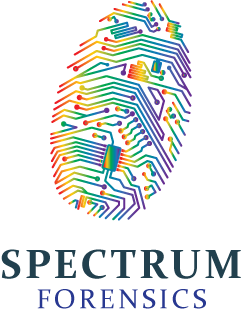Institute for Telecommunication Sciences
Visit ITS's Main Website.
The Institute for Telecommunication Sciences (ITS), located in Boulder, Colorado, is the research and engineering arm of NTIA. ITS provides core telecommunications research and engineering services to promote:
- Enhanced domestic competition and new technology deployment
- Advanced telecommunications and information services
- More efficient use of the radio frequency spectrum
ITS also serves as a principal Federal resource for investigating the telecommunications challenges of other Federal agencies, state and local governments, private corporations and associations, and international organizations. In particular, this includes assisting Federal public safety agencies, the FCC, and agencies that use Federal spectrum. Current areas of focus include:
- Research, development, testing, and evaluation to foster nationwide first-responder communications interoperability
- Test and Demonstration Networks to facilitate accelerated development of standards for emerging communications devices
- Analysis and resolution of interference issues
ITS Director: David Goldstein
David's email
Contact
Institute for Telecommunication Sciences
325 Broadway, MC ITS.D
Boulder, CO 80305–3337
(303) 497–3571
ITSInfo
Related content
ISART 2016 Energizes the Conversation on Spectrum Forensics
Earlier this month, about 160 scientists, engineers, mathematicians, policy experts and other participants representing government agencies, academic institutions and industry gathered to discuss an exciting new field of spectrum research aimed at providing novel insights on ways to address radio signal interference. Advances in this area promise to bring improvements to how spectrum is managed, in particular supporting efforts to efficiently and effectively accommodate the constantly increasing demand for use of this critical, limited. and already congested resource.
The 15th International Symposium on Advanced Radio Technologies (ISART), which took place in Westminster, Colo., kicked off with a tutorial on civil and criminal spectrum interference investigations and enforcement actions. Former and current Federal Communications Commission staffers discussed the technical aspects of identifying sources of interference and the policy and legal challenges of enforcement. They emphasized the value of technical cooperation between users sharing spectrum to rapidly mitigate interference.
Annual Conference Will Explore Spectrum Forensics
Spectrum sharing is key to meeting the ever-increasing demand for spectrum among commercial and federal users. As sharing becomes more common, federal and non-federal users will need to increase their cooperation and collaboration, and technological advancements will be needed to improve efficiency and protect against interference.
But that’s not enough, because bad actors can undermine and interfere with those users who are acting in good faith. Even those who want to follow the rules may inadvertently cause interference – as when some Wi-Fi installations were shown to cause interference with weather radars operated by the Federal Aviation Administration, the U.S. armed forces and broadcasters.
Inexpensive radios and comprehensive code repositories have given those with limited skills and know-how the ability to misuse spectrum and cause interference with increasing frequency, severity and consequences. To help address this, some of the questions researchers and policymakers are trying to answer include: What are the best practices for isolating an interfering signal and tracking it to its origin, and what should the consequences be for the offending transmitter to prevent future interference?

